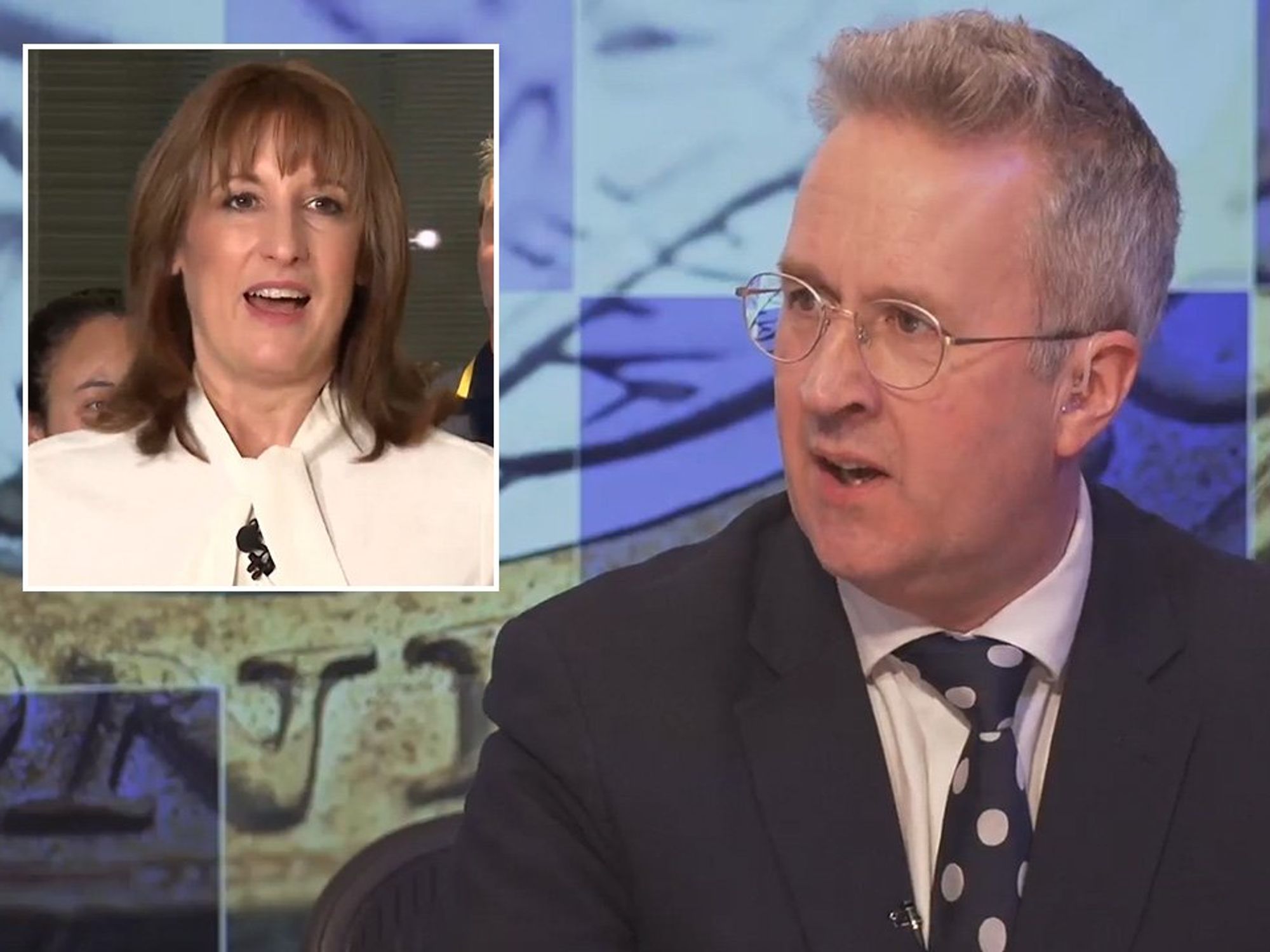Space breakthrough as scientists set out vision for massive 'oases' in 2040
European space officials claim their strategy will create 'interplanetary species'
Don't Miss
Most Read
Scientists from the European Space Agency have unveiled plans for humanity to establish permanent settlements across the solar system within the next fifteen years.
The Technology 2040 document outlines a future where people inhabit self-sufficient colonies on both lunar and Martian surfaces.
According to the plan, these extraterrestrial settlements will function as "space oases" featuring closed-loop life support systems and advanced resource management capabilities.
The vision extends beyond planetary surfaces to include orbital habitats around Earth.

The plan states the extraterrestrial settlements will function as 'space oases'
|GETTY
European space officials describe the strategy as humanity's transformation into an "interplanetary species" through revolutionary technological advances.
The agency's vision encompasses autonomous robotic explorers equipped with artificial intelligence that will independently investigate previously inaccessible locations.
These machines will have the capability to determine their own exploration priorities, including whether to descend into extraterrestrial oceans or navigate Martian crater systems.
It describes a future where "multipurpose robots leverage their intelligence to infiltrate previously off-limit environments: the depths of craters, caves or even subsurface seas".
LATEST DEVELOPMENTS
Mining operations on asteroids and comets will extract both valuable minerals and scientific data about our solar system's formation.
The agency anticipates that orbital manufacturing will eliminate current constraints imposed by rocket payload capacities.
The document stated: "Large space structures are no longer bound by the limitations of launch vehicle dimensions.
"Either unfolded in space or manufactured and assembled directly in orbit or on the surfaces of the Moon or Mars, these mammoth constructions can be as big as they need to be."

The Technology 2040 outlines a future where people inhabit self-sufficient colonies
|GETTY
Three-dimensional printing capabilities will allow the construction of massive infrastructure directly in space rather than transporting materials from Earth.
Josef Aschbacher, ESA's director-general, has urged member nations, including Britain, to endorse the strategic vision for the coming twenty years.
"This is not just a road map; it is a call to action," he stated.
The document said: "Expanding into space is not a luxury but a necessity. Space is no longer a frontier; it is a territory. It unlocks unknown resources that open new markets and enable scientific breakthroughs."
The agency predicts a "rapid evolution of technology that will redefine our understanding of space and humanity's role within it".











